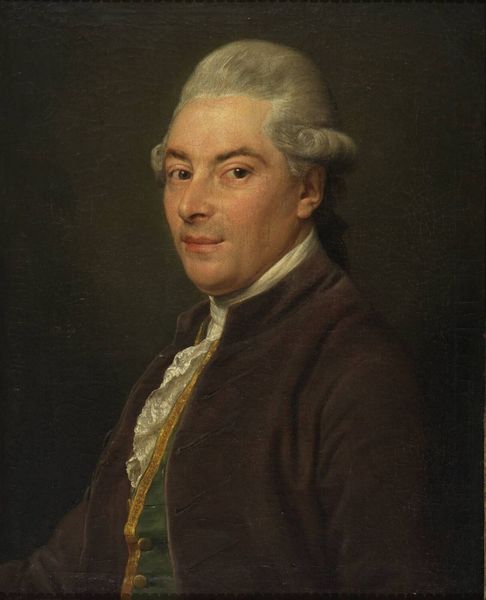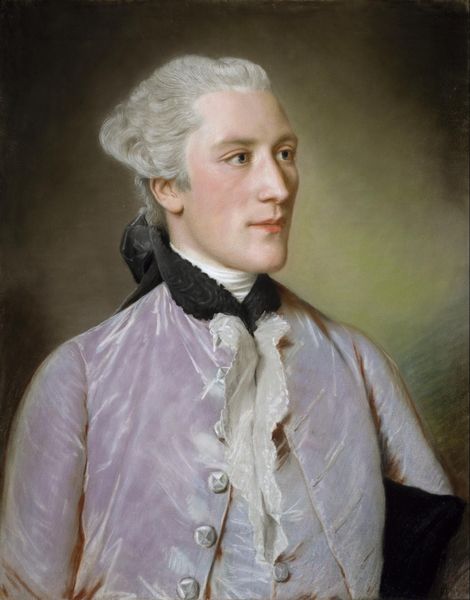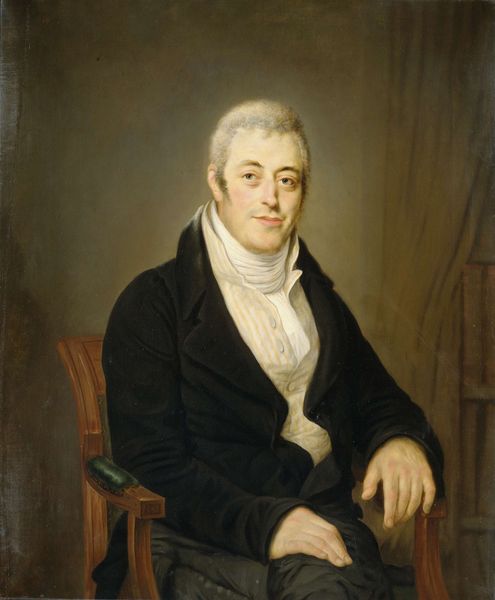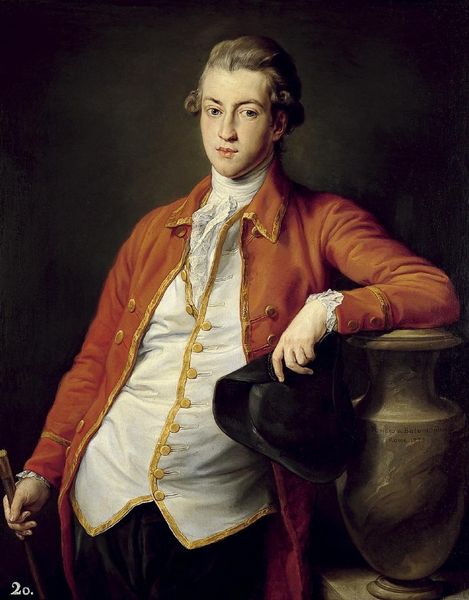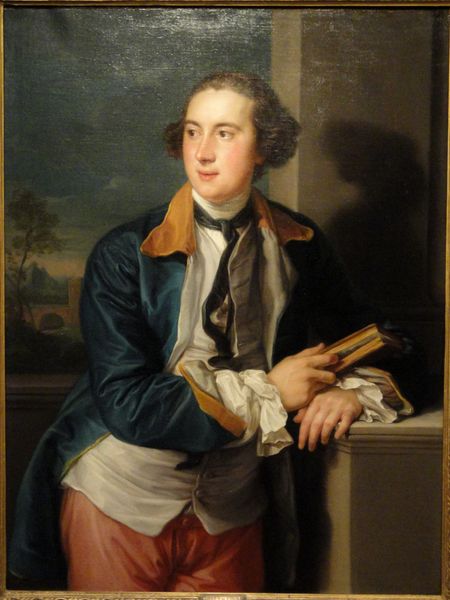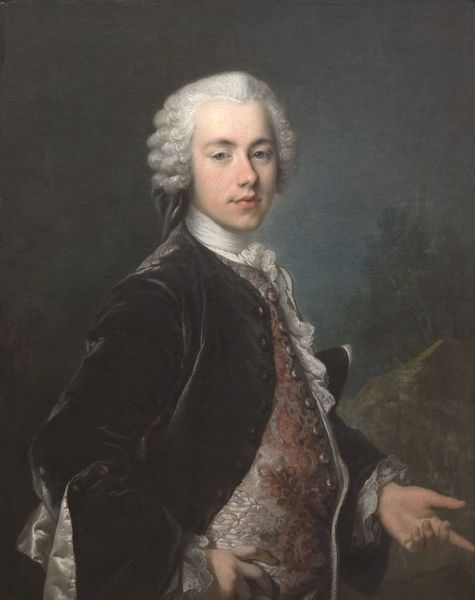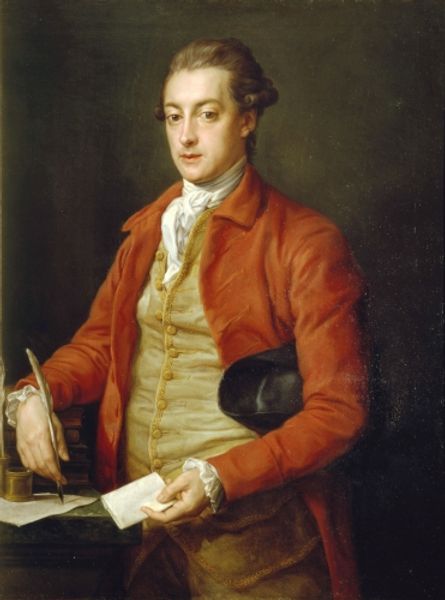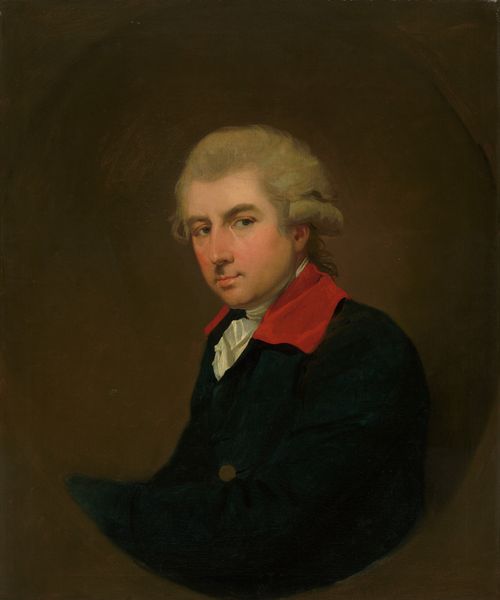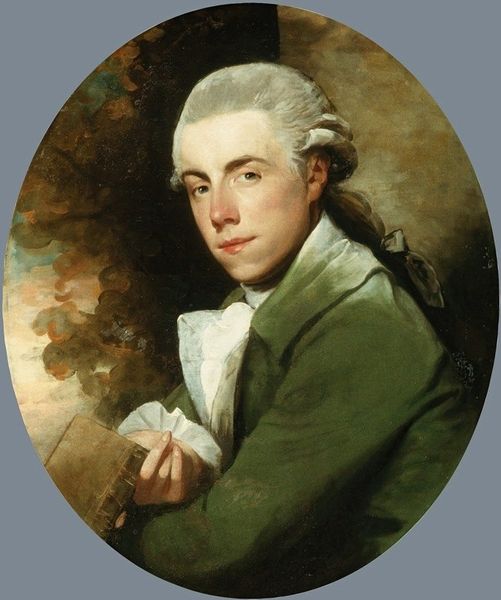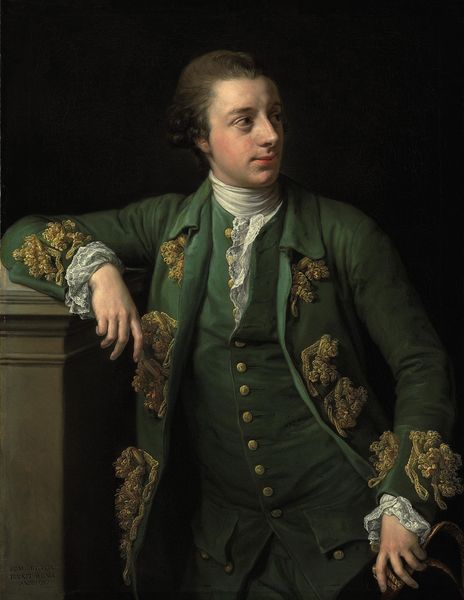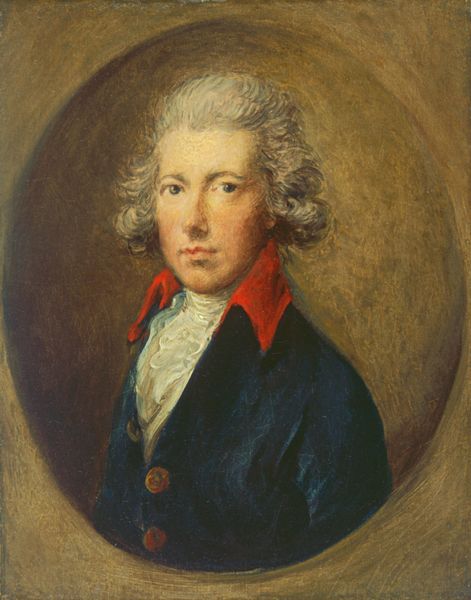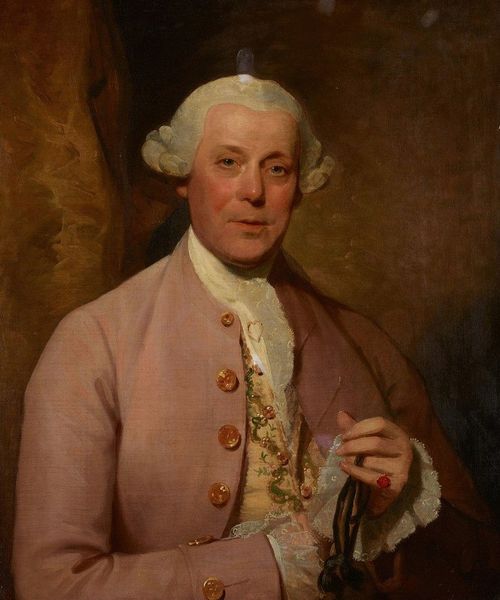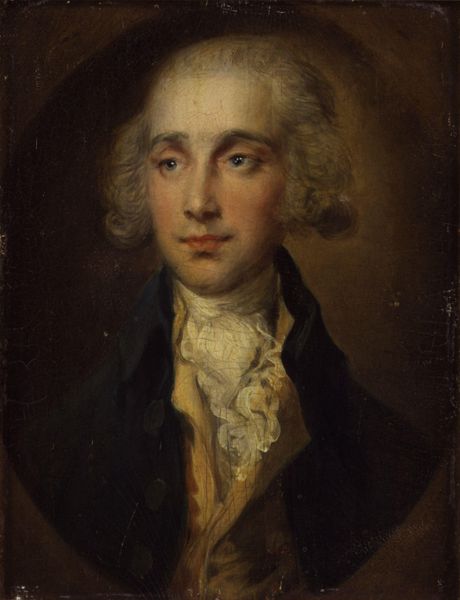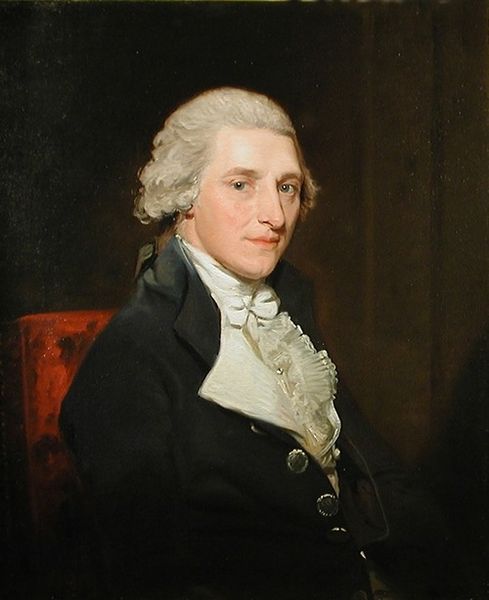
Dimensions: support: 754 x 635 mm
Copyright: CC-BY-NC-ND 4.0 DEED, Photo: Tate
Editor: This is Gilbert Stuart’s *Portrait of a Man (Self-portrait?)*, oil on canvas, at Tate Britain. I find the sitter's gaze direct, yet the overall mood somewhat reserved. What stands out to you? Curator: The sitter's reserved nature speaks volumes about the constraints of masculinity during the late 18th century. Note the stiff posture, tightly crossed arms – symbols of controlled power. How might this portrait reflect the social expectations placed upon men of his class and time? Editor: So, it’s not just a portrait, but a statement about societal roles? Curator: Precisely. Stuart, working during a revolutionary era, subtly critiques those rigid norms. It invites us to question whose stories are told and how they're framed. Editor: That gives me a whole new perspective! Curator: Indeed, viewing art through an intersectional lens expands our understanding.
Comments
tatebritain 7 months ago
⋮
http://www.tate.org.uk/art/artworks/stuart-portrait-of-a-man-self-portrait-n05612
Join the conversation
Join millions of artists and users on Artera today and experience the ultimate creative platform.
tatebritain 7 months ago
⋮
The American artist Gilbert Stuart probably painted this work in the 1780s, either in London or Dublin (where he moved in 1787). Stuart emerged as an independent artist in these years, becoming a rising star in the art world. This painting seems to reflect his growing confidence. It is painted with bold, emphatic brushstrokes and Stuart uses characteristically distinct, vibrant colours. The sitter himself, looks directly out at the viewer, his arms crossed. We don’t know the young man’s identity, although in the past it was thought to be a self-portrait. Gallery label, February 2024
